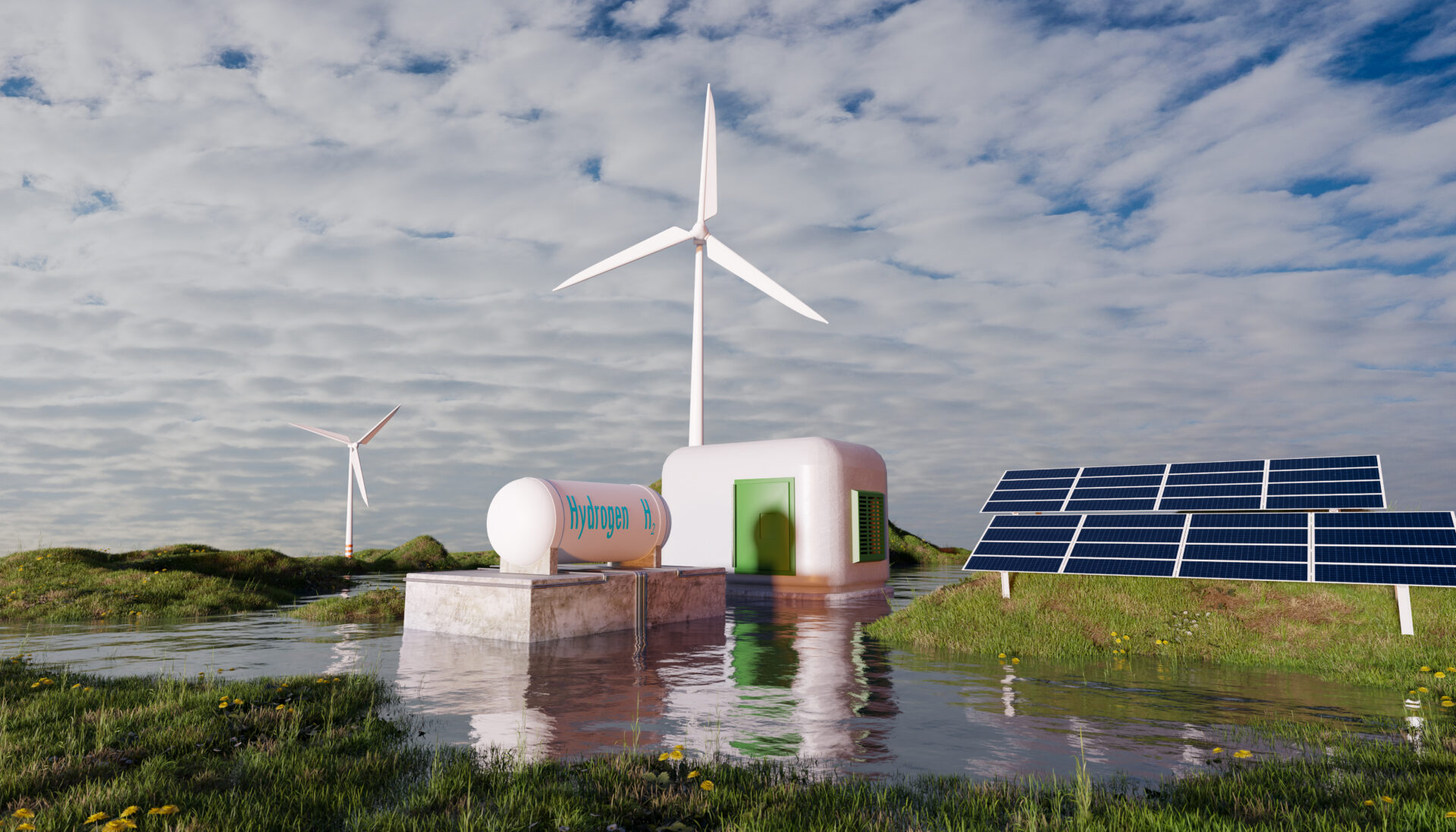How Is Circular Economy Different From Linear Economy?
Explore the key differences between Circular Economy and Linear Economy, highlighting the shift from ‘take-make-waste’ to a sustainable, resource-conserving approach that promotes regeneration and eliminates waste.
Circular economy is quickly gaining traction as the talks around sustainable businesses and governance become more urgent.
But what exactly is a Circular Economy and how is it any different from our current economic system?
Understanding Our Current Economic System: The Linear Economy
As the name suggests, Linear Economy is a linear system that starts with taking resources to make a product and ends with the disposal of the said product after use.
Hence, the linear economy is also called the ‘take-make-waste’ economy.
This system has led to many social and environmental problems, and the continued strain it puts on the resources (while generating more waste than we could handle) is impacting the economic stability as well.
What is a Circular Economy?
To put it simply, a circular economy is a system where the resources are reused within or between the systems while generating an economic and social gain for all the parties involved.
Hence, all the resources are kept under ‘circulation’
This solves the two major issues that have arisen from our current economic system by:
- Conserving resources
- Avoiding Waste
A win-win situation!

Here are a few points that make circular economy different (and better) from linear economy:
1. Circular economy has a Cradle to Cradle approach
The cradle to Cradle approach (aka C2C) refers to a system that mimics the natural regenerative cycle like the mineral cycles, or organic decomposition.
A circular economy tries to recreate that mechanism by replenishing the resources back into circulation once it has been used through various means, including upcycling or recycling.
2.Circular Economy retains the resource
After bringing the resources back into the system, the circular economy retains them by creating a highly efficient system.
Industrial Symbiosis is a great example for this. Here, the waste or the by-products of one industry is used as raw material for the other industry, ensuring that all the resources stay in a loop.
3. Circular economy is not just about recycling
Contrary to popular belief, the circular economy’s focus is not on recycling, but in eliminating the idea of waste from its core.
The first step in building a circular system involves designing the waste out of a system by planning how exactly the resources would be brought back to the system once utilized.
4. Circular economy emphasizes on regeneration
Besides conserving resources and reducing waste, the goal of a circular economy is to encourage replenishment of the natural resources by using methods that are regenerative.
Transitioning towards a considerate, sustainable future is the need of the hour and realising the importance of careful circular planning is crucial for building a stable and more resilient economy, society and environment





